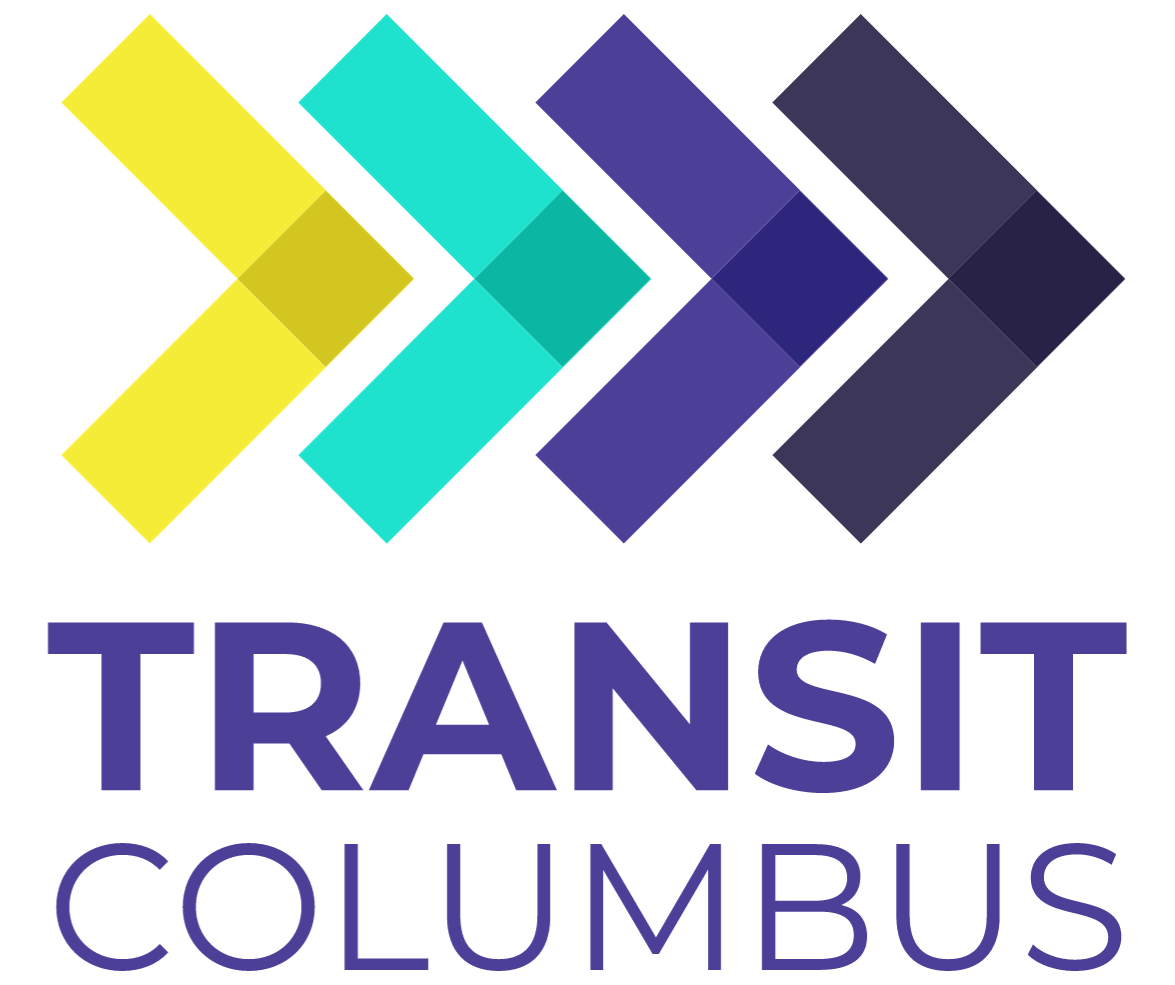Why Do We Keep Blaming the Victims?
Another day, another vulnerable road user killed by car/driver violence, and another significant media outlet blaming the victim and omitting important information and crucial connections that tell a larger story of public policy failure.
Early on the morning of Saturday, August 31, a 43 year old woman named Seanna Groce was killed by a driver piloting a large pickup truck. The driver violently ended Seanna’s life as she walked along Norton Road, a narrow 2-lane road on the southwest side of Columbus - this stretch of Norton Road has a 50 mph speed limit and traffic the regularly moves at 60+ mph.
The Columbus Dispatch and NBC4 reported exactly what the police told them - Seanna was walking "in the street" and was hit from behind by a large pickup truck traveling in the same direction. Given that Seanna was killed around 1:00am, it's likely that the only witness was the driver who killed Seanna. Nevertheless, let's assume the information provided by the police is correct - it was the middle of the night on a narrow 2 lane road and Seanna was walking "in the street."
Below is a map of the area with an X where Seanna was killed. She was walking north on Norton Road - her only OTHER options to walk north were Kunz Road (on the far left) and Holt Road (on the far right).
All of these roads are narrow, high speed, 2 lane thoroughfares. None of these roads have sidewalks except for a short stretch along Holt near a school. Let's look at a sampling of what these north-south roads look like for people walking, rolling, and biking.
Below is Norton Road near the spot where Seanna was killed. Extremely narrow, no sidewalks, no shared use path, no paved shoulder, and uneven ground with high grass immediately next to the road. Where was she supposed to walk?
Below is Kunz Road, another option for Seanna. Extremely narrow, no sidewalks, no shared use path, no paved shoulder, and an immediate slope into someone's front yard. Where was she supposed to walk?
Below is Holt Road, Seanna's final option. Extremely narrow, no sidewalks, no shared use path, no shoulder, and a dangerous uneven sloping ground immediately off the road. Where was she supposed to walk?
Some might say "Why was she walking at all - why not just take the bus?" Well, the closest COTA line (the #9) was nearly a mile away and no COTA line runs on Holz, Kunz, or the portion of Norton on which Seanna was killed. Finally, bus service on the #9 line stops at 11:00pm (10pm on weekends). Public transit was not an option.
This is not the first time this has happened. A year ago, in June 2023, a bicyclist was killed by a driver (who then fled the scene and was never caught) on Norton Road at the intersection Alkire Road - less than 0.3 miles away from where Seanna was killed.
What do these incidents tell us? The safety of people who walk, roll, and bike is not prioritized in this area of town even though there is no remotely comfortable or safe way to move without a car. Even public transit is not accessible.
It also tells us that this is a pattern. At least 2 vulnerable road users have died along a very short stretch of roadway in the last year - one walking, one biking - and there are no indications that anyone has noticed or that anything is being done to ensure this never happens again. Perhaps Vision Zero should be rebranded Vision Some?
Finally, it tells us that our local media sources are not paying attention to these patterns and they do not see entrenched, regular violence against our most vulnerable road users as a story that is worth investigating and publicizing. They are instead credulously regurgitating police reports that are structured by the implicit bias of motornormativity.
So here's the simple context that should have been provided by the news: Seanna had no bus route, no sidewalks, no paved shoulder, and only narrow high speed roads on which to walk. Seanna had no choice but to walk in the road.
Another way is possible. A different part of Holt Road looks like this - curbs, sidewalks setback from the road, and a much safer, comfortable environment for everyone. (Kudos, Grove City!)
Equity is not a slogan or an aesthetic in this conversation - it’s the difference between the most marginalized vulnerable road users being alive and being dead. Travel to any major city in the US and you’ll see that it’s pretty easy (and even politically popular!) to spend public dollars on a shared use path in an area that benefits upper middle class (white) professionals. Any elected official can do that and enjoy the political benefits. But it takes moral courage to ensure that the roads where poor and working class and BIPOC people walk/roll/bike every day are not only safe but comfortable.
Road violence is a profoundly important issue that impacts everyone's lives. Today it was Seanna Groce (RIP), tomorrow it could be any one of us. When will it be enough? When will we take material action to protect and prioritize those who walk, roll, and bike? When will we truly see road violence not as the cost of doing business but as an entirely unacceptable catastrophe?
Today is yet another chance to do so.
Seanna Groce’s GoFundMe for funeral expenses can be found here: https://www.gofundme.com/f/help-honor-seanna-groces-memory






